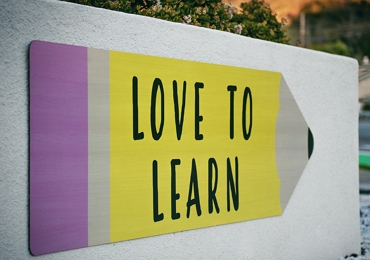Understanding a Concept Map with Examples

Concept maps provide a context through which to imagine the interactions between broad, cross-functional concepts. Concept maps connect concepts using boxes and connecting lines and show their connection to each other. A concept map example can be anything from transport needs to specific areas like photosynthesis.
Any concept inside a box is called a node in this diagram. The branches linking two nodes are called cross-links. The cross-links also have terms that help understand the connection relationships.
Digital representations of knowledge are concept maps. These can take the form of maps, graphs, flowcharts, Venn diagrams, timelines, or T-charts. Concept maps are particularly helpful for students who visually understand best, but they may help any form of a learner.
Like you see in a typical mind map, a form of the mind map, concept maps link several broad concepts across divisions rather than a free-flow imagination around a particular idea. A general mind map can be useful for creating concepts until they are assembled into a concept diagram. The structure of a concept diagram, unlike mind mapping, shows the sense and reasoning of concepts about how they are related. The mind map has a radial structure, while the definition map has several branches and clusters with a tree structure.
Brain map focuses on one concept, while a concept map integrates several ideas or concepts. Concept map arrows are marked to indicate the form of relation to the ancestor node.
Concept mapping is a helpful brainstorming activity, hypothesizing, exploring ideas, and seeking new knowledge and relations between core concepts.
1. Ask a question
Which sort of problem does your idea map try to solve? For starters, you might ask: what does my product look like / market fit? Focusing on a topic will help direct your thoughts around your visualization dilemma or concept.
2. Brainstorm the idea
The next step is to create ideas. List everything you're aware of, without aware of form or precision. Go back to your question about concentrating to help produce as many suggestions, opinions, or concerns as possible.
3. Identify the key idea
You need to create ideas off of your core theme to start creating your design map. Consider something generic collecting all your brainstormed thoughts.
4. Order your ideas
Identify now how the brainstormed ideas list applies in terms of detail and hierarchy: these are general principles, and concrete solutions. The more clear the definition will be on the map the more the map will extend.
5. Build your map
Beginning with the key concept, fill in the next associated ideas through the neighboring nodes. When ideas bind you can add arrows, or use words that link the boxes.
1. Trees
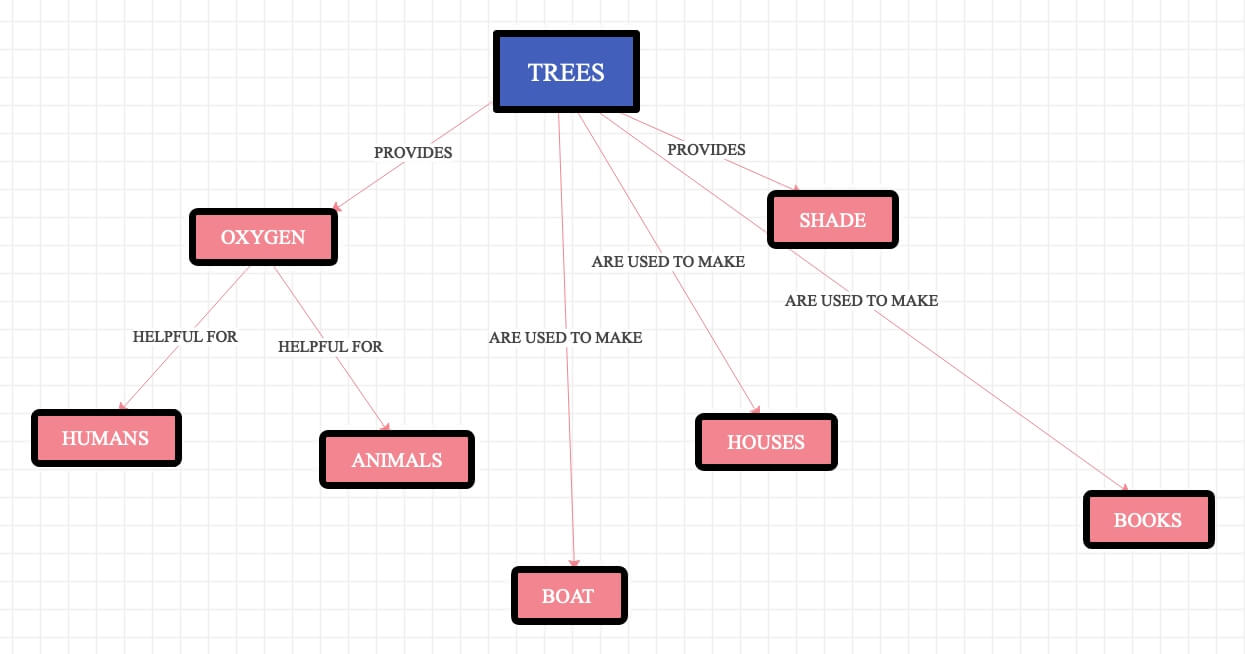
In the above diagram, a concept map example of trees is represented. To better understand the concept map, the extensions include what the tree provides along with the common things that trees are used to make. If you look closely at the concept map you will see that the tree provides us with oxygen and shade. Boat, books, and houses are some of the common things that trees help make.
2. Living Things
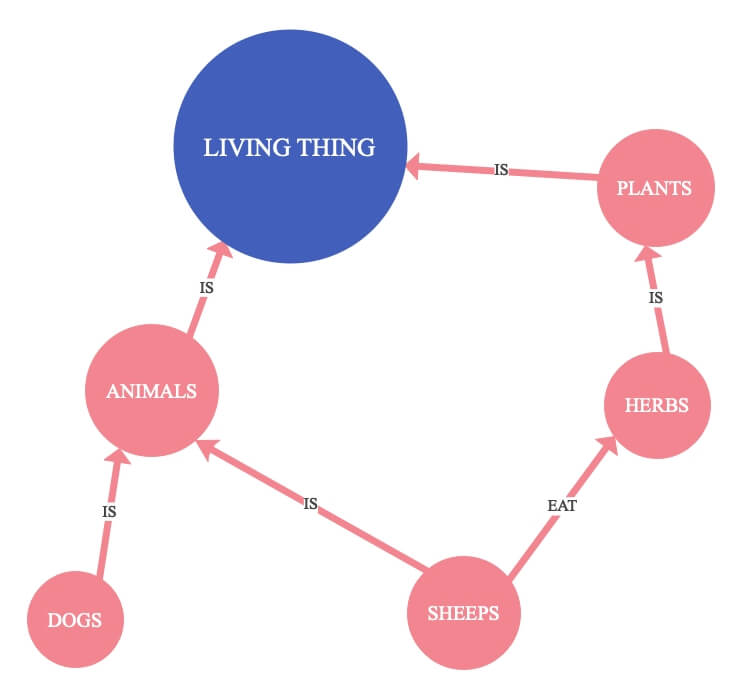
The concept map example depicted above gives an insight into how living things function. To simplify the flow of information - dogs are animals and all animals are living things. Sheep eat herbs, which are plants and therefore all come under one umbrella ‘living things.’
3. Electricity
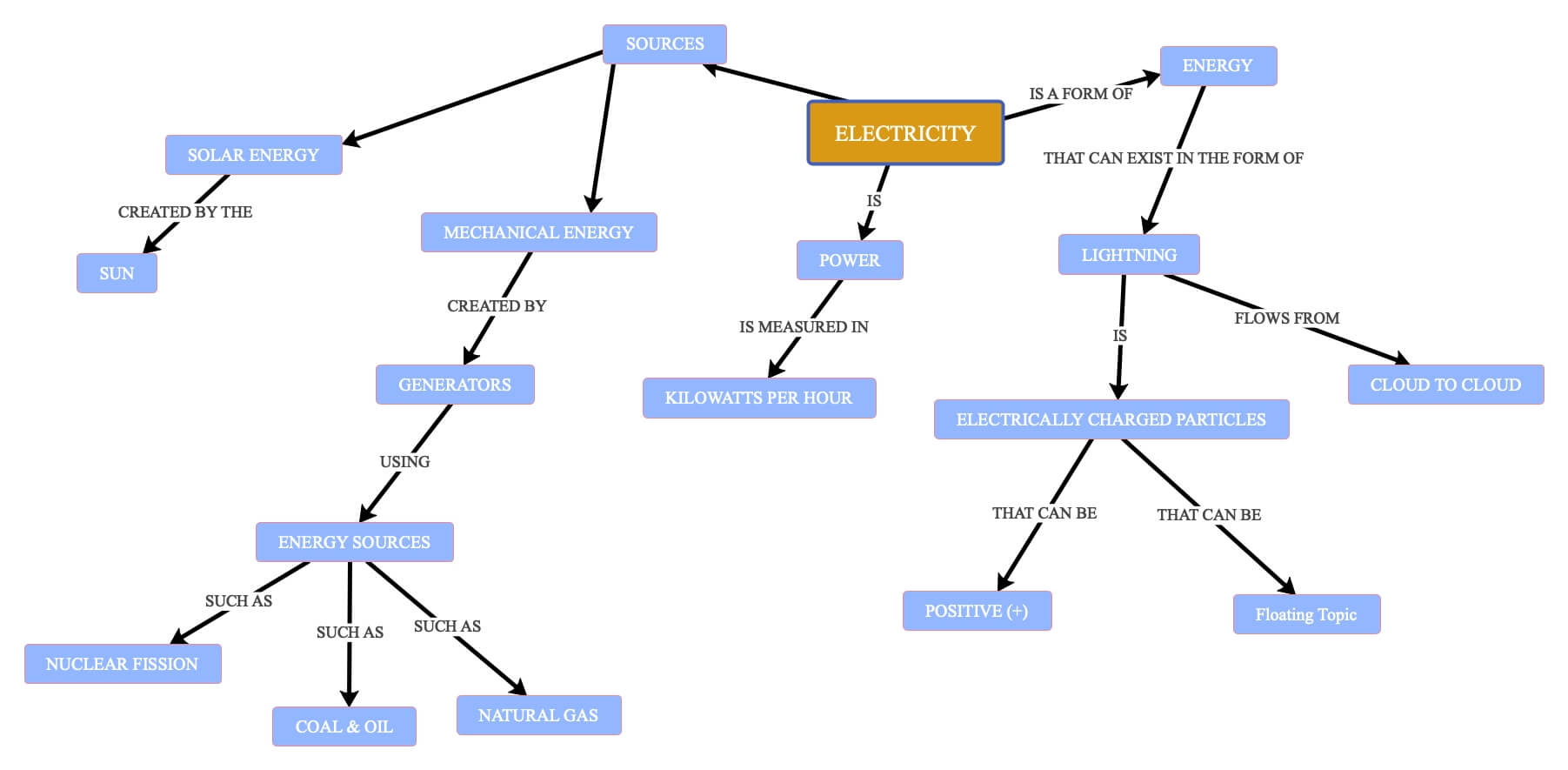
This concept map example decodes the idea of electricity. it defines key fundamentals of electricity - including that it is a form of energy, how it can be created, power is the measurement of electricity in Kilowatts per hour, and that energy classified into positive and negative charges.
This concept map example also takes a step beyond electricity and explores the various sources of energy like solar energy and mechanical energy. This map represents various types of energies and how they flow along with how they can be created the various sources they come from.
4. The Biosphere
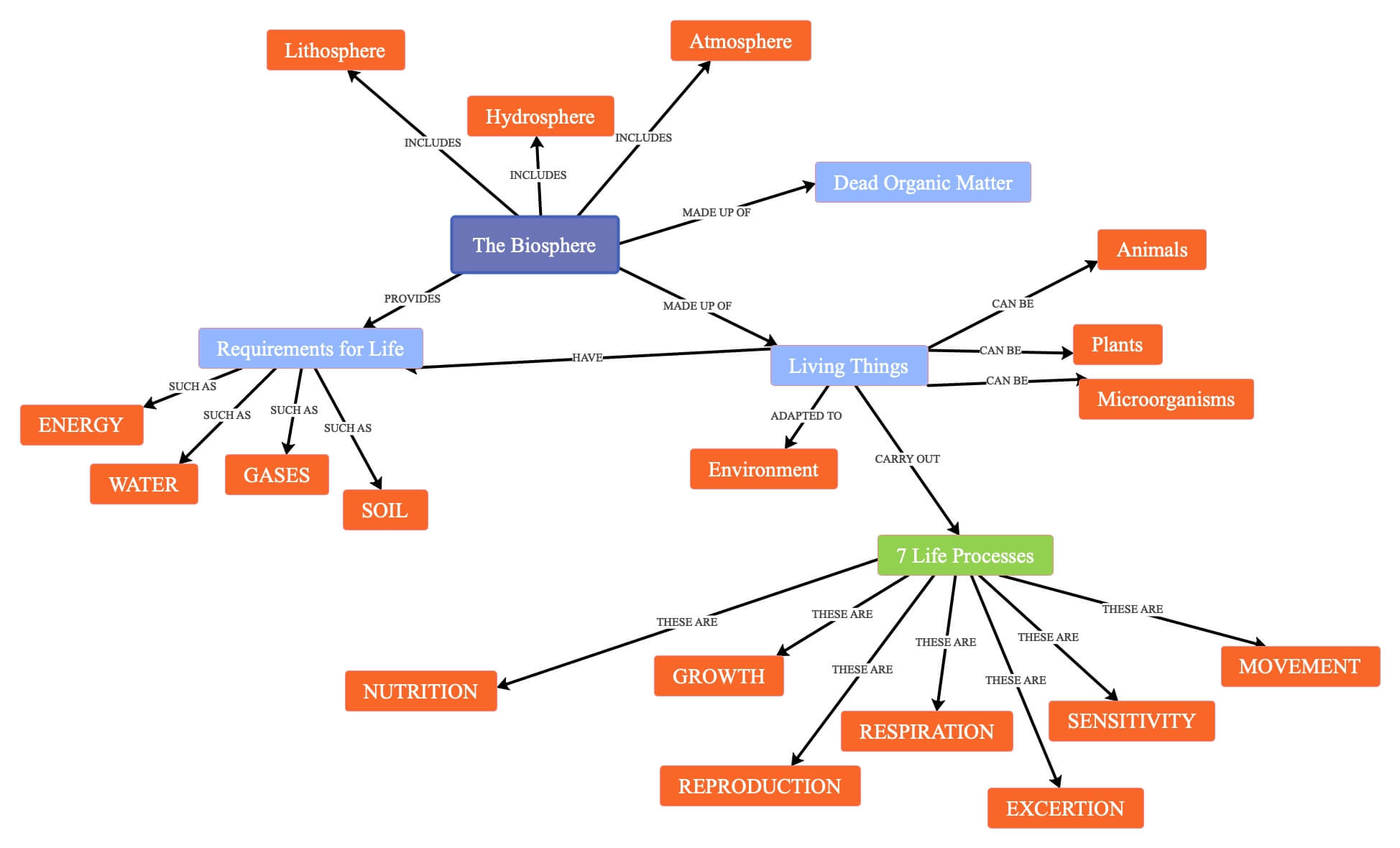
This concept map example focuses upon the triangular formation of - the biosphere living things come and requirements for life. It also explores the various life processes under living things and includes common processes like - nutrition, growth, reproduction, respiration, excretion, sensitivity, and movement.
The concept map clearly explains the fundamentals of the biosphere and everything that comprises it including certain life processes. Requirements for life to sustain in any environment include - energy, water, gases, and soil.
5. Contention between Life and Chaos
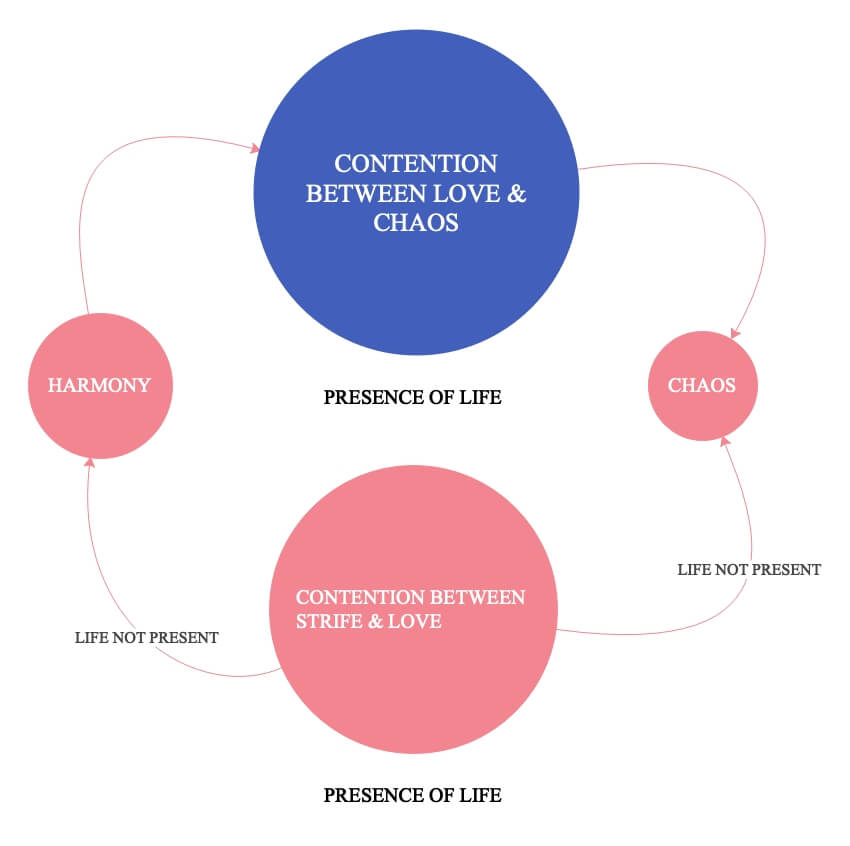
In this concept map example, the contention between love and chaos is represented. There is a complicated relationship between love and chaos pertaining to the presence of life or the lack of it. It is determined in terms of how interactions take place between people. This diagram encompasses this theory, absolutely correctly.

